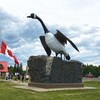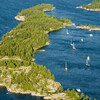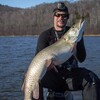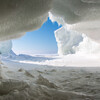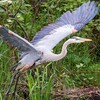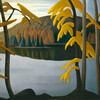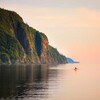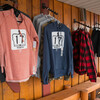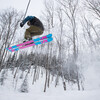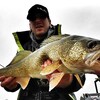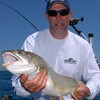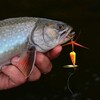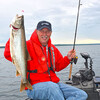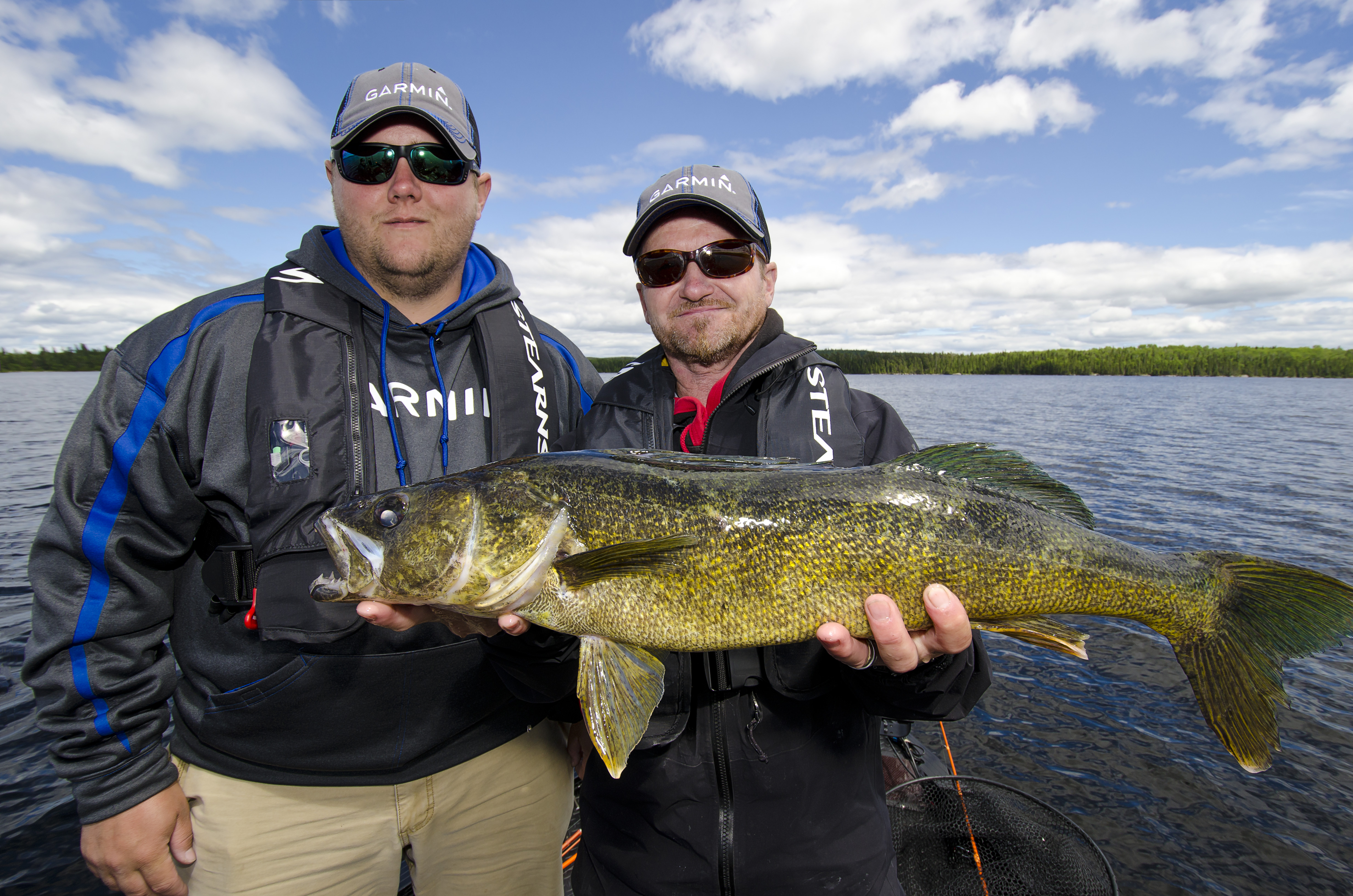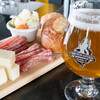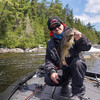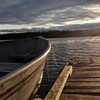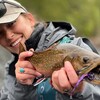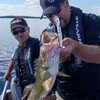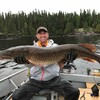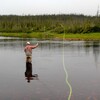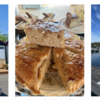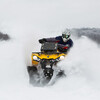
Got Jigs? The Go-to Fishing Lure For Catching Walleye
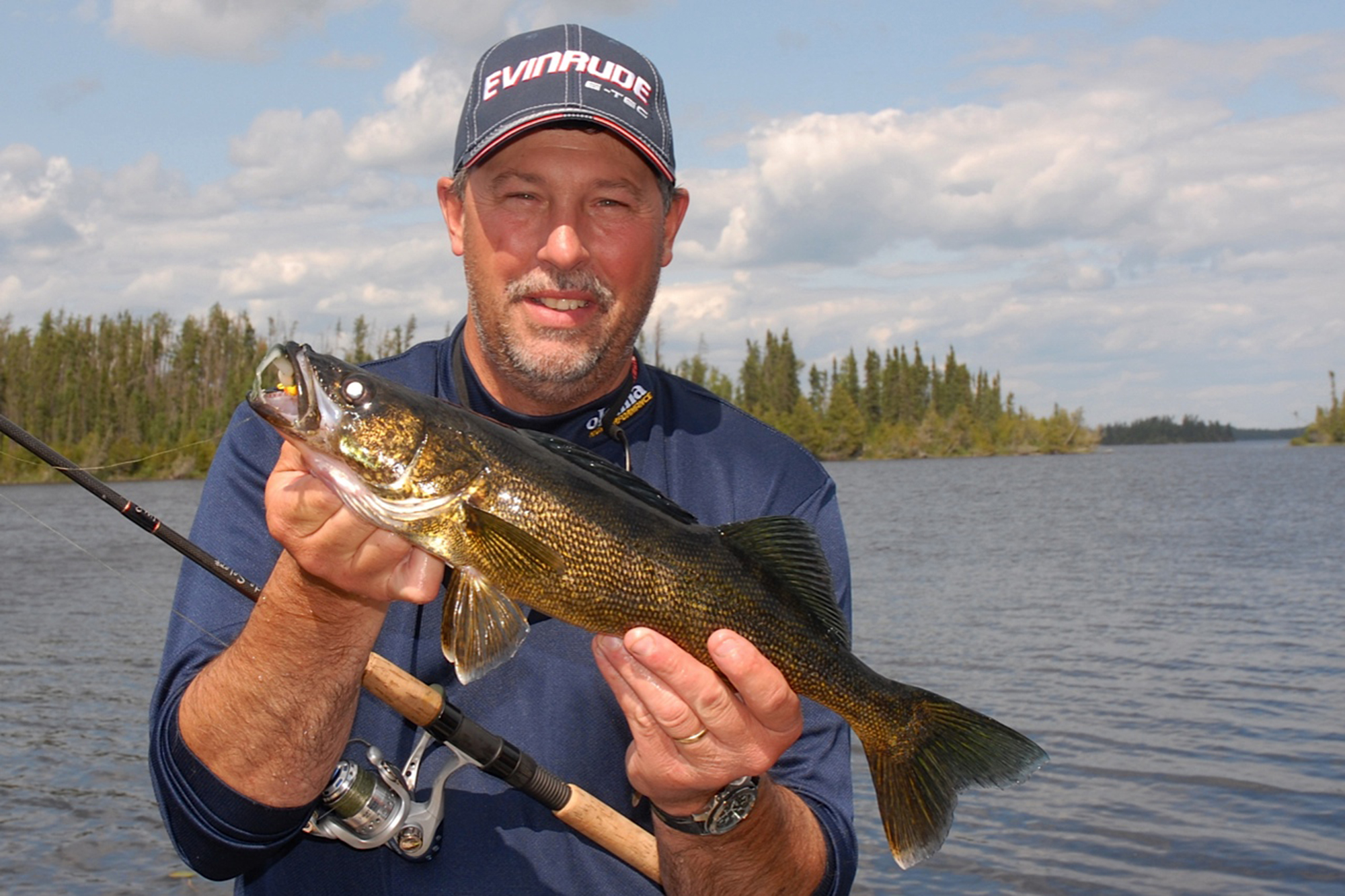
When talk turns to walleye fishing, jigs are the lures most often discussed. It's no coincidence that jigs are the "go-to fishing lure" of most walleye enthusiasts, but just knowing enough to take along some jigs on your next trip to Ontario's Algoma Country isn't a guarantee of fishing success.
Jigs are a fishing tool, and like any other tool in the garage, one size or type doesn't fit every application. Let's use a hammer to illustrate a point. A claw hammer is a good tool for driving nails, but not the best tool for putting on a hub cap. A rubber mallet is a hammer of sorts and is a good tool for putting on a hub cap, but in the same token, isn't so useful for driving nails.
Jigs designed for walleye fishing are like any tool in that it's important to pick the right tool for the job at hand. The jigs best suited for casting are going to be somewhat different than those suited to vertical jigging or dragging along the bottom. Now that it's clear not all jigs are created for the same tasks, it's time to take a closer look.
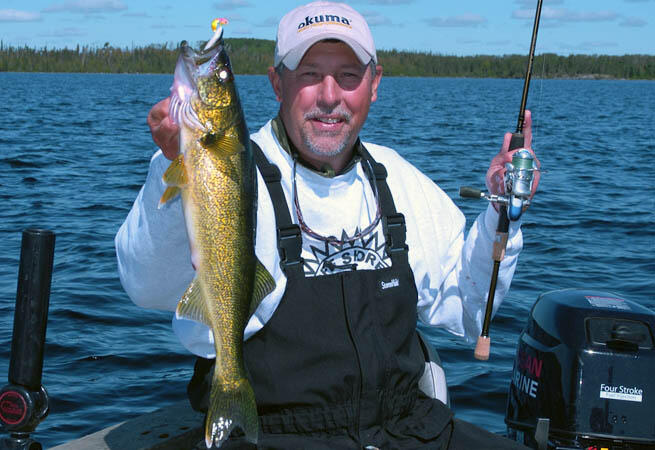
Casting Jigs
Jigs suited to casting presentations are designed with some key features not necessarily found in all jig designs. Jigs designed for casting applications have the eye tie positioned on the nose of the lead head instead of being on the top like the traditional round ball style jig. This line tie position enables the jig to swim along the bottom while reducing the chances of fowling on weeds or other bottom debris.
This small and often overlooked feature can make a big difference in reducing or eliminating fowling. Selecting a casting-style jig for casting applications makes the angler more efficient and increases the chances of catching fish.
Vertical Jigging
Just as casting is an important presentation for catching walleye, vertical jigging is another fishing method popular among jiggers. Practiced most often in rivers or when walleye are found in deeper lakes, vertical jigging is the practice of presenting the boat over top of structure and fish.
Because vertical jigging positions the boat over top of the fish, the best jig style for this kind of fishing features two key features: a 90-degree eye tie and a long shank hook design.
The 90-degree eye tie enables the jig to hang horizontally in the water, creating a natural presentation as the jig is lifted and dropped. The long shank hook feature helps to ensure the hook point reaches far enough into the walleye's mouth that a solid bite is achieved on the hook set.
Short-shank jig styles are popular, but these designs often lip hook fish that tend to escape more readily than fish hooked deeper in the mouth.
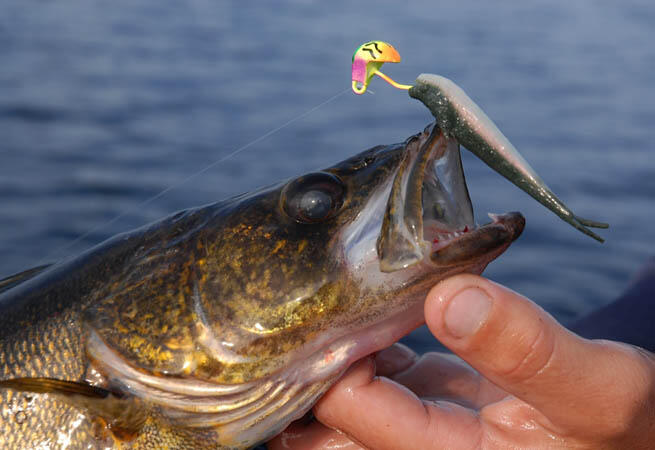
Stand Up Jigs
Stand-up jig designs are available in both casting and vertical jigging models. Stand-up head designs keep the hook point positioned upright at all times, increasing the chances of hooking walleye in the roof of the mouth. Other jighead designs that don't position the hook upright deliver a somewhat lower percentage of hooked fish.
Bait Or Plastics
Both live bait and soft plastics work well for jig fishing applications. The attractive powers of live bait are hard to argue with. Unfortunately, live minnows, leeches and nightcrawlers are rather delicate, hard to keep on the hook and even harder to keep on hand.
Soft plastics have the advantage of staying on the hook better, and they come in a wide variety of sizes, shapes, actions and of course colours. It's a simple step to purchase an assortment of soft plastic sizes, shapes and colour options ideal for jig fishing. So the question becomes, which is better...live bait or soft plastics?
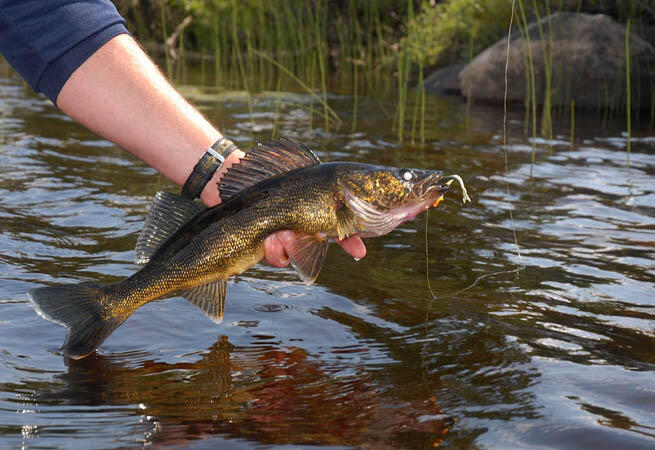
The answer is that both soft plastics and live bait have a place in jig fishing for walleye. When available in adequate amounts, live bait is tough to beat for generating the maximum number of fish bites. That said, soft plastics work almost as well as live bait in the hands of an angler who appreciates them and uses them often.
In some cases, actually tipping a jig with both soft plastics and live bait makes sense. Early and late in the season, when the water is cold, walleye can be lethargic. Equipping jigs with a soft plastic body and tipping with live bait is an excellent way to bulk up the presentation, add colour, increase action and slow down the sinking time, giving walleye a better opportunity to spot and attack the jig.
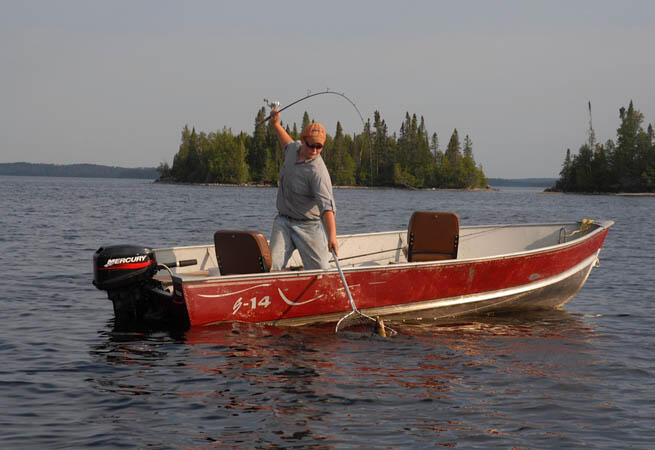
Summing It Up
Jigs are popular walleye fishing lures because they work. Matching up the correct styles of jigs for the fishing presentations at hand can make these useful lures even more deadly. As for the bait debate, nothing stated here is likely going to reduce the overwhelming popularity of live bait among walleye anglers. The truth is soft plastics work too, but not unless you try them.
Recommended Articles
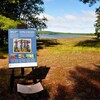
The Group of Seven in Algoma
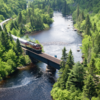
9 Facts to Know about the Agawa Canyon Tour Train
